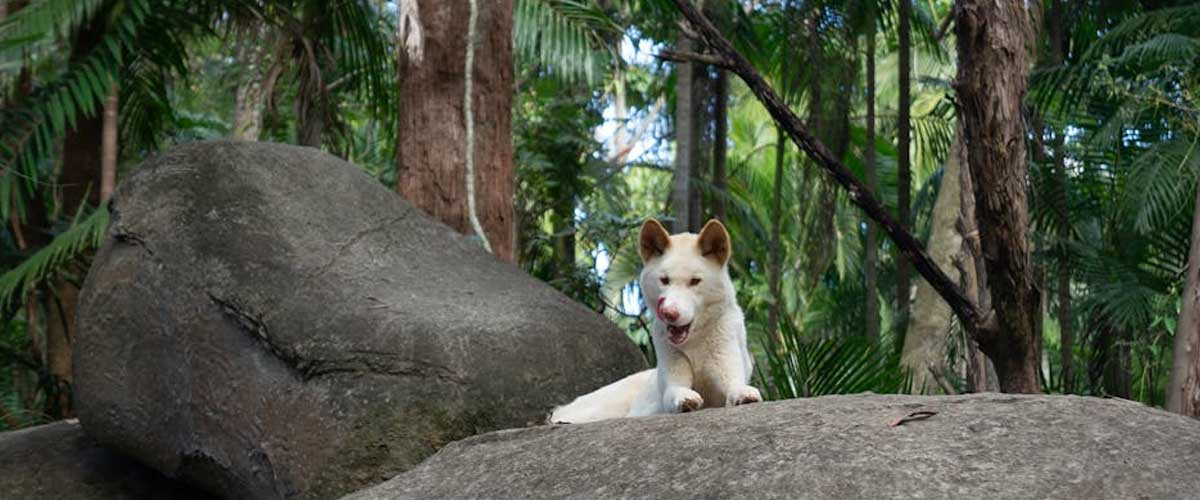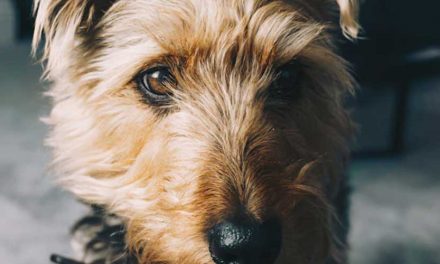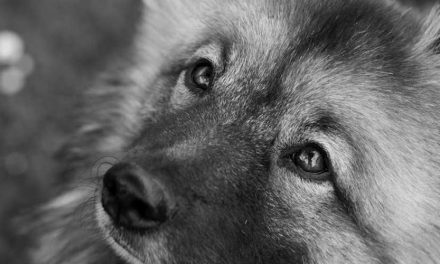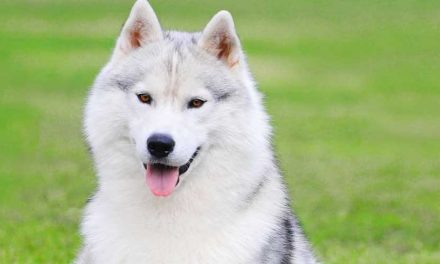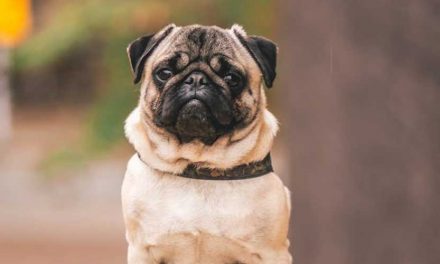The Lundehund, or Norwegian Lundehund, is a remarkable and distinctive breed with a fascinating history.
Originating from the remote islands of Norway, this dog was initially bred for a specific purpose: to assist in puffin hunting.
Its unique set of physical features and abilities makes it one of the most interesting dog breeds in the world.
Physical Characteristics
One of the most striking aspects of the Lundehund is its physical adaptability.
This breed is small to medium-sized, typically weighing between 20 to 30 pounds and standing around 12 to 15 inches tall at the shoulder.
What sets it apart are its six toes on each foot, which provide exceptional grip and stability on rocky terrain.
This extra toe, known as a “polydactyl,” is not just an oddity; it allows Lundehunds to navigate the steep cliffs and rugged landscapes where puffins nest.
Additionally, Lundehunds have exceptionally flexible necks, which can bend backward, allowing them to look up without twisting their bodies.
Their ears are also unique; they can be folded down completely or opened to a standing position, helping them hear even the faintest sounds while on the hunt.
Temperament and Behavior
The Lundehund is known for its charming and quirky personality.
This breed is intelligent, energetic, and often described as eager to please.
They typically possess a playful disposition and exhibit a strong sense of curiosity.
This can sometimes lead them to be mischievous, so early training and socialization are essential.
Lundehunds are also very loyal and affectionate towards their families.
They often form strong bonds with their owners and can be reserved or cautious around strangers.
While they generally get along well with other dogs, their hunting instinct may kick in with smaller animals, so supervision is necessary.
Health Considerations
While generally healthy, Lundehunds can be prone to certain genetic issues, particularly related to their unique anatomy.
One of the most common health concerns is a condition known as Lundehund Syndrome, which can affect the absorption of nutrients.
Regular veterinary check-ups and a balanced diet are crucial to maintaining their health.
Care and Training
Lundehunds require regular exercise to keep them physically and mentally stimulated.
Daily walks, playtime, and puzzle toys can help channel their energy.
Additionally, consistent training practices that employ positive reinforcement work best, as Lundehunds respond well to rewards.
Grooming needs are relatively low for this breed, as they have a double coat that sheds seasonally.
Regular brushing during shedding periods will help minimize loose fur around the house.
Living with a Lundehund
Due to their sociable nature, Lundehunds thrive in homes where they receive plenty of attention and interaction.
They’re not ideal for families that are frequently away from home for long periods, as they may develop separation anxiety.
A secure yard is also beneficial for them to explore and burn off energy, but be cautious, as their athleticism allows them to escape from secure areas if not properly fenced.
Conclusion
The Norwegian Lundehund is a unique and adaptable breed that reflects both a fascinating history and a versatile companion.
With their special physical traits and playful personality, these dogs can bring immense joy and companionship to a loving home.
Whether you’re an avid hiker looking for an adventure buddy or a family seeking a loyal pet, the Lundehund could be the perfect addition to your household.

